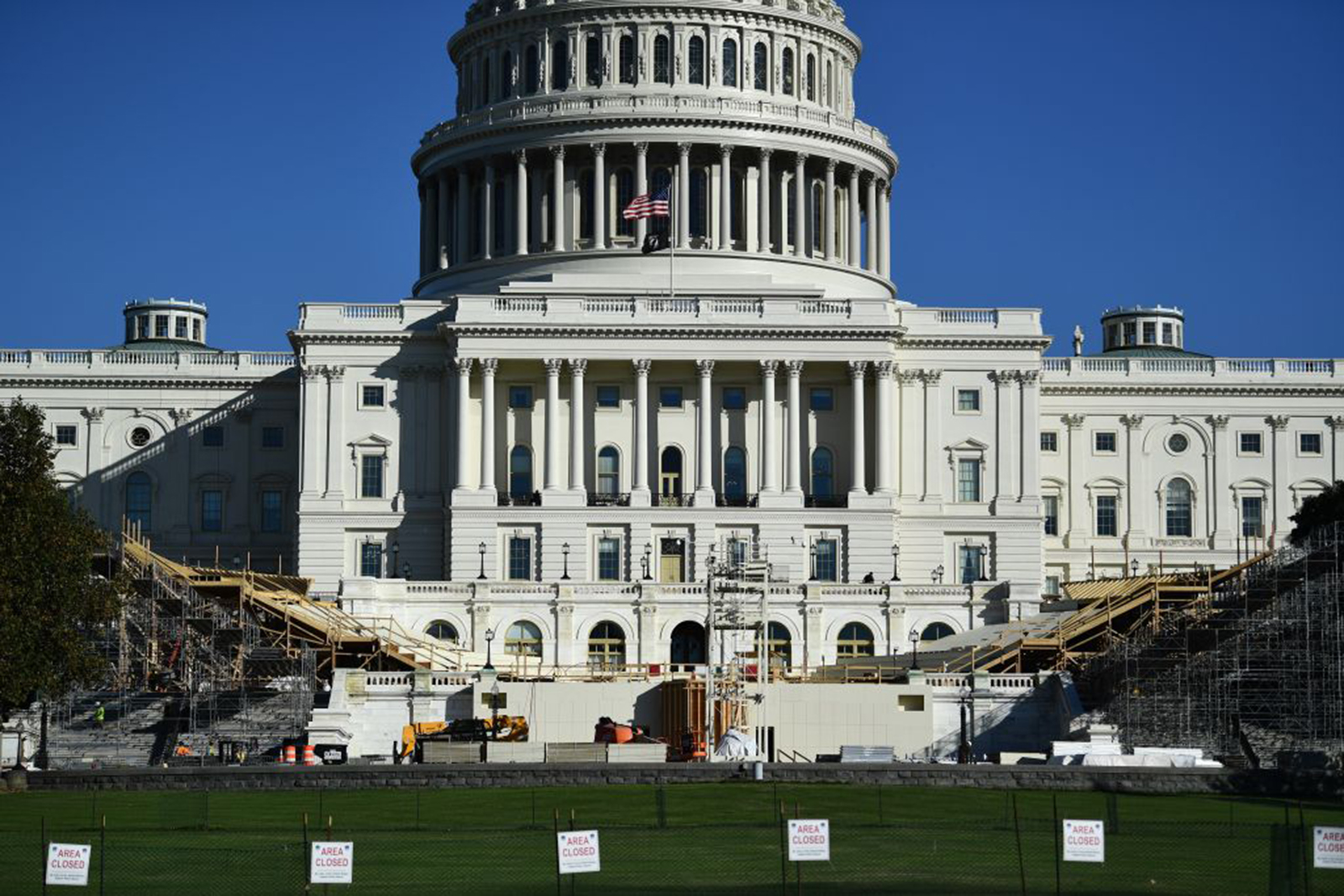Many Americans see the next four years as a time for healing, uniting, and progress in the United States.
The Biden Administration has a full agenda as it tries to control the pandemic, spearhead the economic recovery, address climate change, expand healthcare, and reform immigration and the justice system.
With Democrats in control of the Senate and House of Representatives for at least the next two years, hopes are high for the majority of Americans.
Unfortunately, there is something that lays in the way of progress.
The Filibuster
The filibuster is the ultimate tool of obstruction in the U.S. Senate. In the Senate, senators have the ability to filibuster legislation, which allows them to speak on the floor for unlimited time and block that legislation from moving forward to a vote.
The filibuster, in its simplest form, is a political tool that gives the minority party the ability to stop the majority party from legislating. There are many reasons senators use a filibuster, but most of the reasons revolve around a political purpose and, unfortunately, the filibuster has a dark history.
For example, during the civil rights era, Southern senators used the filibuster to block civil rights and other legislation that tried to create equality in the U.S.
To stop a senator from filibustering, 60 senators, out of 100, need to vote in favor of cloture — which would end debate. The problem with this is Congress is extremely polarized and it is almost impossible to get 60 senators to end the filibuster.
The current makeup of the Senate is 50-50 with Vice President Kamala Harris breaking the tie and giving the majority to the Democrats. If the Republicans wanted to, they could essentially block all major legislation for at least the next two years.
And, in case you are wondering, the longest filibuster ever by a U.S. legislator lasted 24 hours and 18 minutes, and the longest filibuster by a group of senators lasted 75 days.
Nuclear option
The way to end the filibuster altogether is called the nuclear option, which allows the party in control of the Senate — right now the Democrats — to use a simple majority (51 votes) to end the filibuster on legislation. This option has been utilized by Republicans and Democrats on things such as nominees for the Supreme Court, executive positions, and judicial nominees.
Why ending the filibuster is the right thing to do
Many people argue that ending the filibuster will essentially eliminate opposing views and the minority party.
The truth is, our Senate and presidency were established on the idea of the minority view. In the Senate, the states of Wyoming and California have the same number of senators even though California has more than 39 million people and Wyoming only has 600,000 people.
The president is elected through the Electoral College, which in recent years has given the minority the ability to overrule the majority of Americans in selecting the president (Al Gore in 2000 and Hillary Clinton in 2016 won the popular vote and lost the Electoral College).
The Senate is a body that hardly votes, and when it does, it is not on the issues that many Americans have a concern with such as healthcare, the environment or gun control. The threat of the filibuster and both political parties’ antics have created a non-working body.
The majority of Americans voted for the current balance of power and deserve to have their concerns addressed.
Let’s remove one roadblock to solving today’s issues — the filibuster.
Bradley DeMers is a senior studying political science at FHSU. He is a former Student Government Association president and has worked for politicians in both main political parties.

